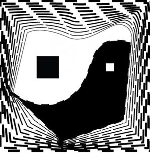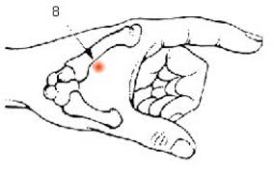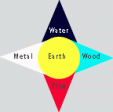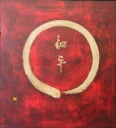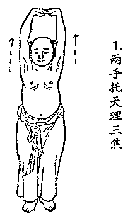Welcome to my Blog about my continuing professional development as an acupuncture practitioner. I hope it will encourage me to put my thoughts on paper, and it is also aimed at students and patients who want to deepen their understanding of this amazing practice.
I read an article on the BBC website yesterday about how language can affect our relationship to the future. Actually, the research it covered was about how people who speak a language which is strong in future-time references are less likely to save than people who speak a languages that doesn’t. Professor Shen argues that if your language separates the future from the present it leads you to dissociate yourself from the future, and therefore make it less likely that you will save money for your retirement. For the English speakers among us, an example is the English saying, ‘it’s going to rain tomorrow’, whereas a German speaker would say, ‘it rains tomorrow’. (1)
This is just one example of how cultural difference affect our relationship to our world. The Chinese languages have weak future-time references. Not only that but the ideograms of their written language is a completely different form of expression from our rationalist roman text. We must rely on the writer’s ability to express the nuances of concepts, emotions and descriptions. With ideograms, the reader connects to the writer through the image, through the senses. How different their experiences must be. But can we say one is better than the other, or are they just different?
In the West, the materialist worldview is considered more advanced than older philosophies. Indeed, the era from which this world view sprang was called the age of enlightment. It freed us from the ignorance, disease and suffering of earlier eras and gave birth to an explosion in scientific and sociological advances.
Leonard Shlain argues that the discoveries in laws of physics at the foundation of the material worldview could only have sprung from the West because that culture had a religion that believes in the one true God. Without that concept deeply imbedded in the psyche of the society, men would not have gone in search of the one true law that governs the universe. And it explains why similar discoveries were not made in the polythesist East, at a time when the cultures were equally advanced (2)
The philosphical foundations of acupuncture are rooted in cultures for whom the relationship between objects was more significant in terms of understanding how things work. In the blog entries that follow, I’m going to start my project byexamining some of the core concepts that underpin early Chinese philosophy, and try to give practical applications for their usage.
(1) Tim Bowler Business reporter, BBC News, 23/2/13, ‘Why speaking English can make you poor when you reitre’. Available at: http://www.bbc.co.uk/news/business-21518574
(2) Leonard Chlain, 1993, Art & Physics: Parallel visions in Space, Time & Light Perennial, NY

